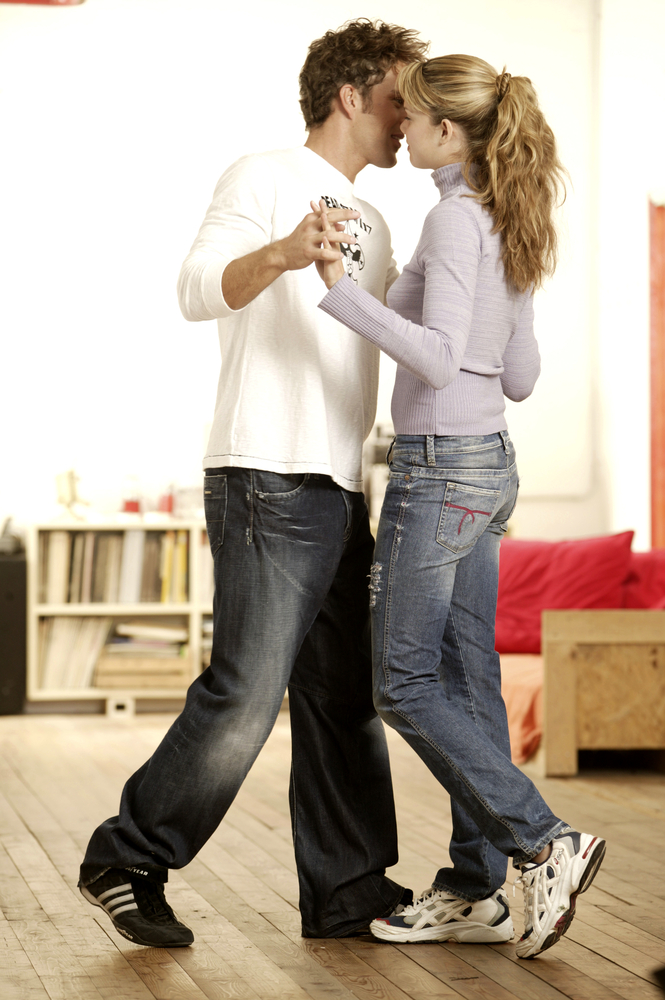Wedding Dance Specialist
Brisbane, Australia
Many people believe they are afflicted with the strange condition known as...

We come to your home, teaching you in a private situation and developing your skills and confidence until you can manage it in public.
We teach you elements of dance in easy, bite-sized chunks. These fit together in many ways so the sequence is not so critical and the memory load is less. The elements are also shared between different dance styles so you can use the same knowledge in different dances. Again, less to memorise but far more flexible knowledge.
We show you how to lead and follow - a simple language you can use with other people.
We give you simple ways to move your body to achieve that elegance we admire in dancers...

We dance teachers sometimes say this to beginner students, and it can really help put at ease the minds of the nervous learners. Of course only one thing is 'just like walking' - walking itself. It's a bit like tasting new foods and saying 'tastes just like chicken'. So how is dancing like walking?
From a learner's point of view the beginner dance steps are in fact nothing different than what we ask our feet to do in our everyday lives - steps forward and backward, sliding left and right, faster and slower, balancing etc are all normal movements. In this sense it is true to say: 'if you can walk, you can dance'
Most wedding dance couples are beginners and so it is literally true that if you can walk in our door, we can guarantee you'll be able to dance - with encouragement and good teaching.
As we progress into intermediate dancing we need to develop our everyday movement and balance skills to higher levels. We also learn more about music and how it helps guide our dancing. Most importantly we learn how to work together with a partner to make something more special than what is possible dancing by yourself.
Some wedding couples venture into intermediate dancing, especially if they continue lessons after their wedding - creating a wonderful hobby they can share throughout their lives.
Advanced dancing takes it even further, beyond what we would normally ask our body to do, and at this level you couldn't really say that dancing is 'just like walking'. If you carefully watch the graceful movements of advanced dancers you might say that dancing is more like running - but in slow motion. At least in ballroom styles like waltz and foxtrot, they create the illusion of floating just above the floor.
Few people in general, let alone wedding couples, go this far and it is probably more than most people need just to enjoy themselves. Yet it is a wonderfully satisfying art and a healthy life-long hobby.
Latin dancing has a different, more earthy feel with the whole body in movement - trickier for stiff torsoed Aussie blokes to comfortably pick up at first. Latin and swing dances (rock'n'roll, jive, rockabilly, lindy etc) have more complex rhythmns as well. But even so the footwork itself is not too different from our everyday movements.
The greatest single challenge in teaching dance is probably helping people overcome their nerves and fear of looking silly in front of their friends. The next challenge is choosing the most appropriate material for the couple and presenting it in an easy-to-learn way, with generous servings of encouragement and praise. This is why we need (and have) very highly skilled teachers.